Dear readers, ten years ago I discovered Taniguchi Jiro thanks to a manga called Aruku Hito (The Walking Man). The protagonist of this charming little book is a 30-something salaryman who, in his free time, enjoys strolling around his house in the suburbs. Nothing really happens in those stories, but there is always something – a little detail, a subtle sound – which manages to catch his attention. While most people hurry from one place to another, this man lets his curious gaze wander, like a suburban flaneur, until even small familiar things turn into extraordinary epiphanies.
I was recently re-reading this book when I realized that the place where I lived was very similar to the one depicted by Taniguchi, so I decided to follow the example of the “walking man” and explore my neighborhood with a new attitude and open eyes and ears.
The district around my station has been recently redeveloped. Gone are the dusty old shops. In their place we now have a tower block, a brand-new supermarket and the obligatory family restaurant. However, the area behind my house hasn’t changed at all since I moved here.
I only have to turn a corner down the street to have a wonderful view of cultivated plots and a small river that slowly winds its way toward Tokyo Bay.
I love to walk along the many paddy fields and see how they change with the seasons: in early June the irrigated fields reflect the changing sky; in summer they turn into a sea of lustrous green – a shade I’ve never seen in Italy, that never ceases to enthrall me – while the harvesting season is when thousands of rice straw bundles appear overnight, like thousands of soldiers.
The river runs between two high concrete walls and is home to dozens of grey carps. These are huge voracious fellows that hurriedly gather along the banks every time someone leans over the fence, hoping to get some bread.
While this river is anything but an exotic place, there are times when, if you are lucky, you can see a single stork-like bird standing perfectly still in the middle of the shallow stream. In its elegant beauty it’s like a ghostly apparition.
Speaking of birds, my neighborhood seems to be full of them. One day I was coming home from the station taking a shortcut through an apartment complex when I noticed a couple of swallows zipping in and out of the arcade. I decided to follow them and, lo and behold, I found their nest under the ceiling. Apparently, they come back every year, and the residents have even built a wooden shelf in order to protect the nest… and the passersby from the birds’ droppings.
After that discovery I began to pay more attention to my surroundings, and I became aware of all the birds that were flying every day around my house. There are sparrows that constantly hunt for food and the big scary crows that rule my street, bully the smaller birds and scavenge in garbage bags. This spring for the first time a couple of magpies made a nest in the house of my neighbors, the Tanabes, in a narrow opening between the wall and the window. Japanese houses standing so close to each other, it was very easy for me to observe the comings and goings of the young couple, alternatively feeding their brood. The Tanabes’ cat, Chibita, spends the time lazily strolling around the neighborhood, looking up to all those birds. In the afternoon she can usually be found at the nearby temple taking a nap, and probably dreaming of catching one of them.
Birds are even featured on manhole covers in the huge park near where I live. That made me think about all the different designs on Japanese manholes. One day I visited my local library to learn more about them and I was surprised to find several books on the subject, from Complete Book of Manholes to People Who Are in Love with Manholes. It seems people here take manholes very seriously, as I even found a Japan Ground Manhole Association on the Internet. Almost 2000 municipalities have their own original design, mainly featuring flowers and animals. Then you have geometric patterns, bright yellow fire hydrant covers and even full color masterpieces.
Today I was lucky enough to finish my work earlier than usual. My wife met me halfway from the station and together we walked to the paddy fields where we ate the cake she had just made while looking at the tiny local train that slowly marks the time of our lives. Trainspotting and sweets: what do you want more from life?!
I hope you enjoyed this piece. In the survey I did earlier this year, many readers said they wanted to see more local stories, so I’m going to devote the next few posts to my neighborhood - mostly photo essays with short texts to show how my place changes through the seasons.
Also, in the last few days I posted a four-part report on a manga exhibition I went to. I didn’t mail them to all my subscribers because not many of you seem to be into otaku culture. Besides, this exhibition is about horror manga artist Ito Junji and features graphic depictions of death and violence, so check them out at your own risk.
Dark chills on a summer day (1)
In Japan, summertime is the time for ghost stories. In addition to magazines and TV shows featuring special features on eerie events and unusual phenomena, scary movies, books, and other spooky media are frequently launched in July and August.

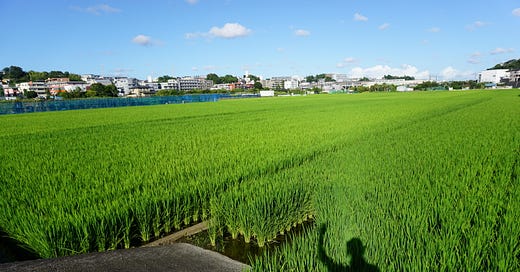



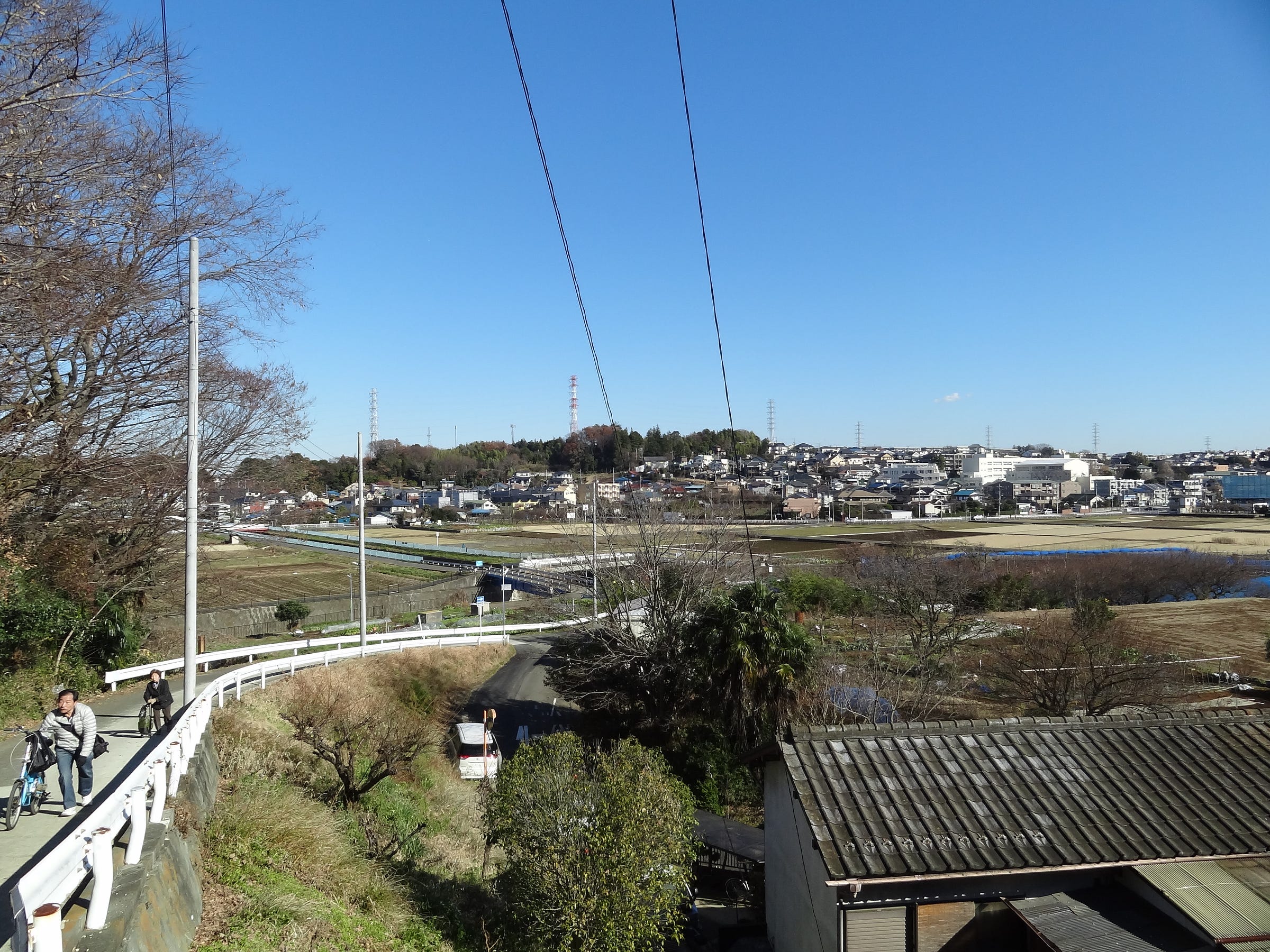
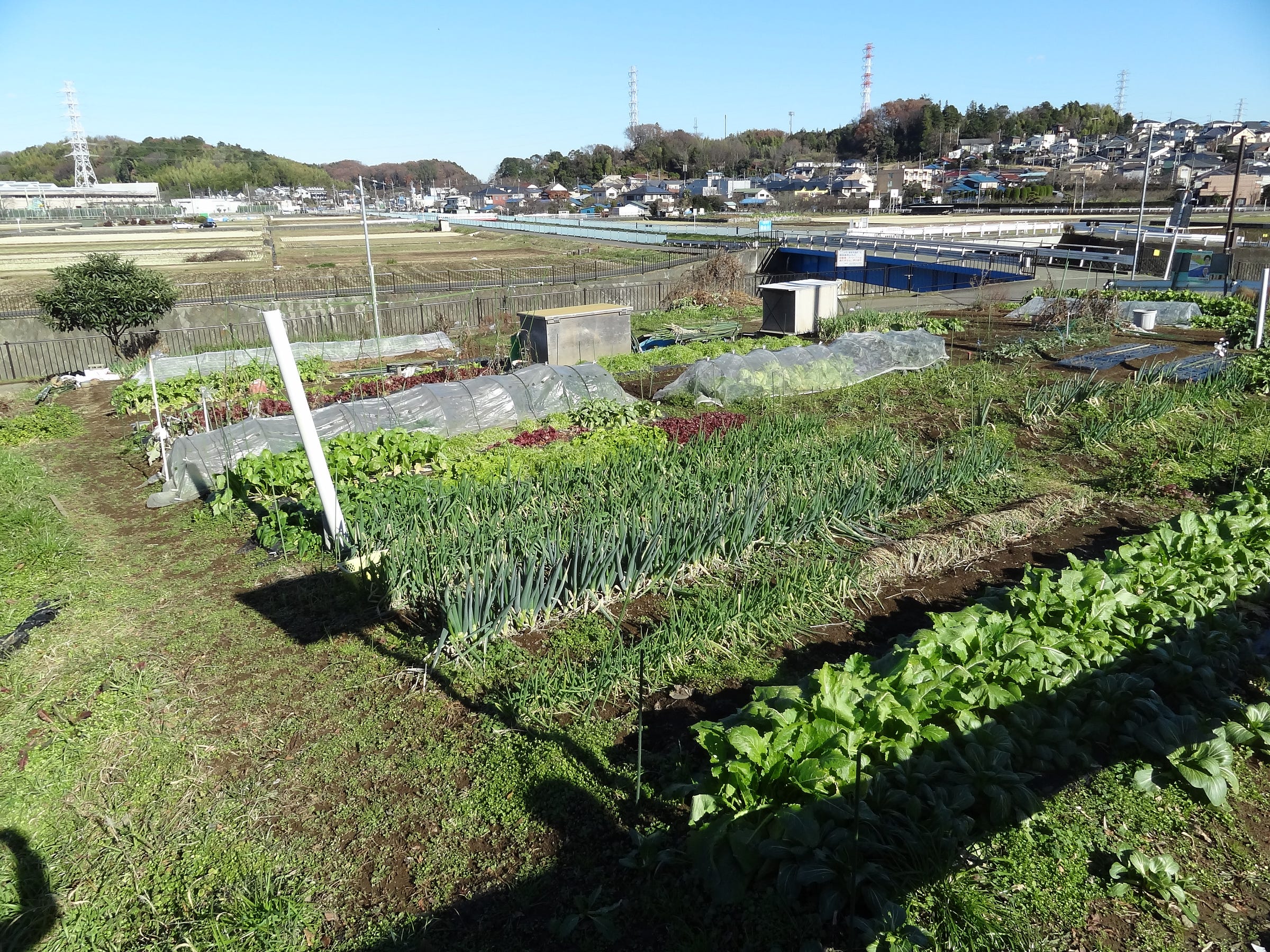
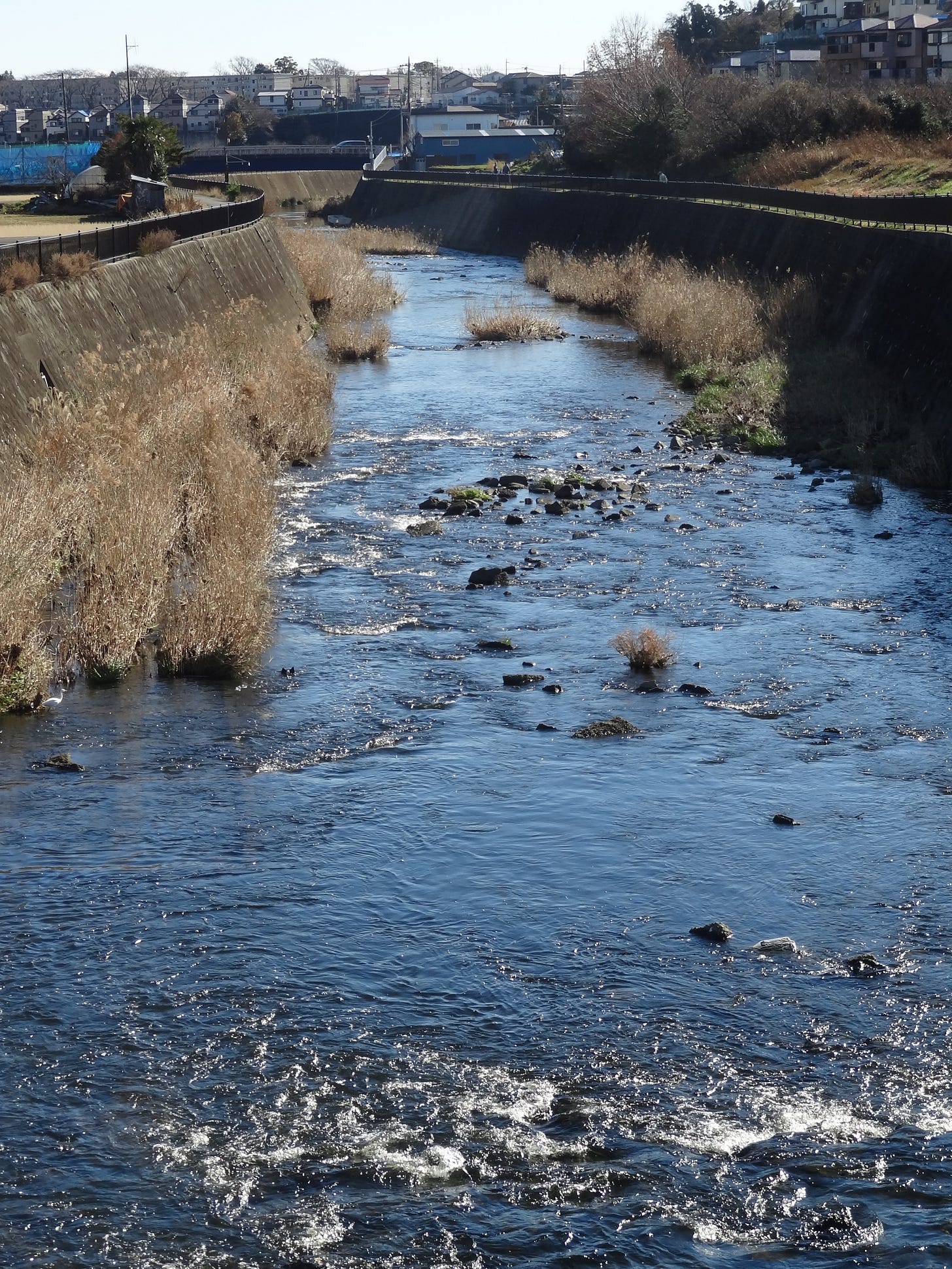
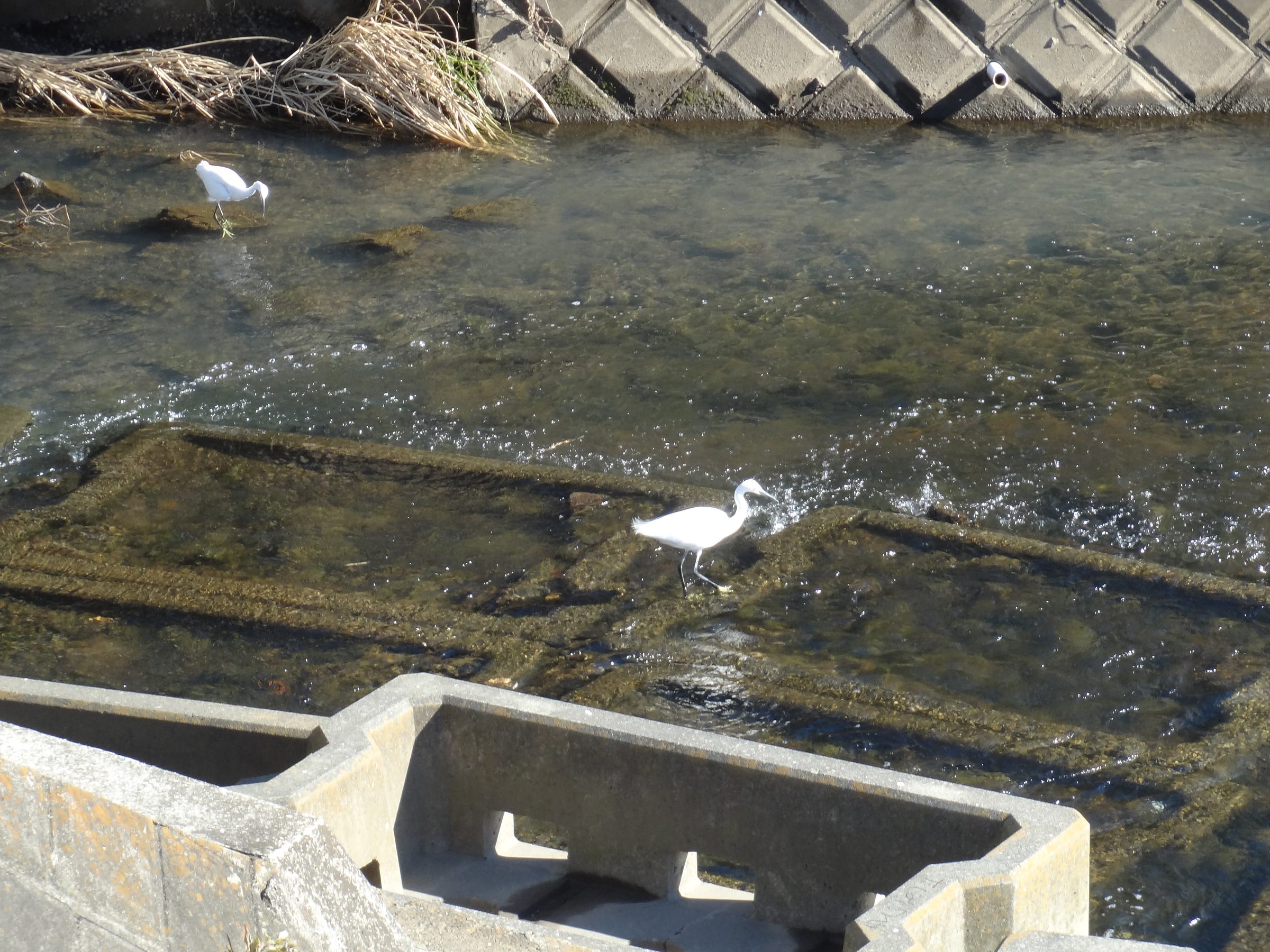
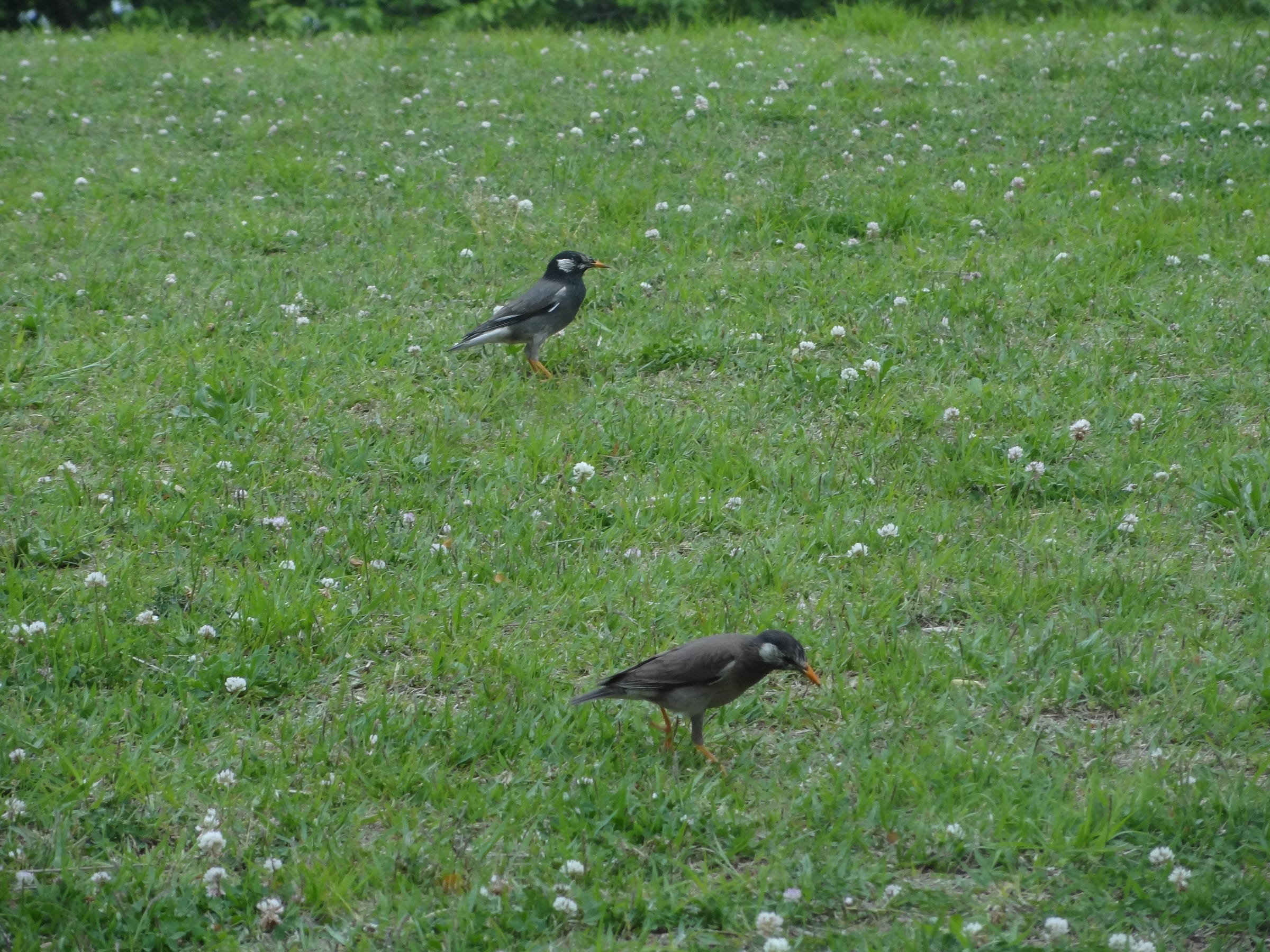
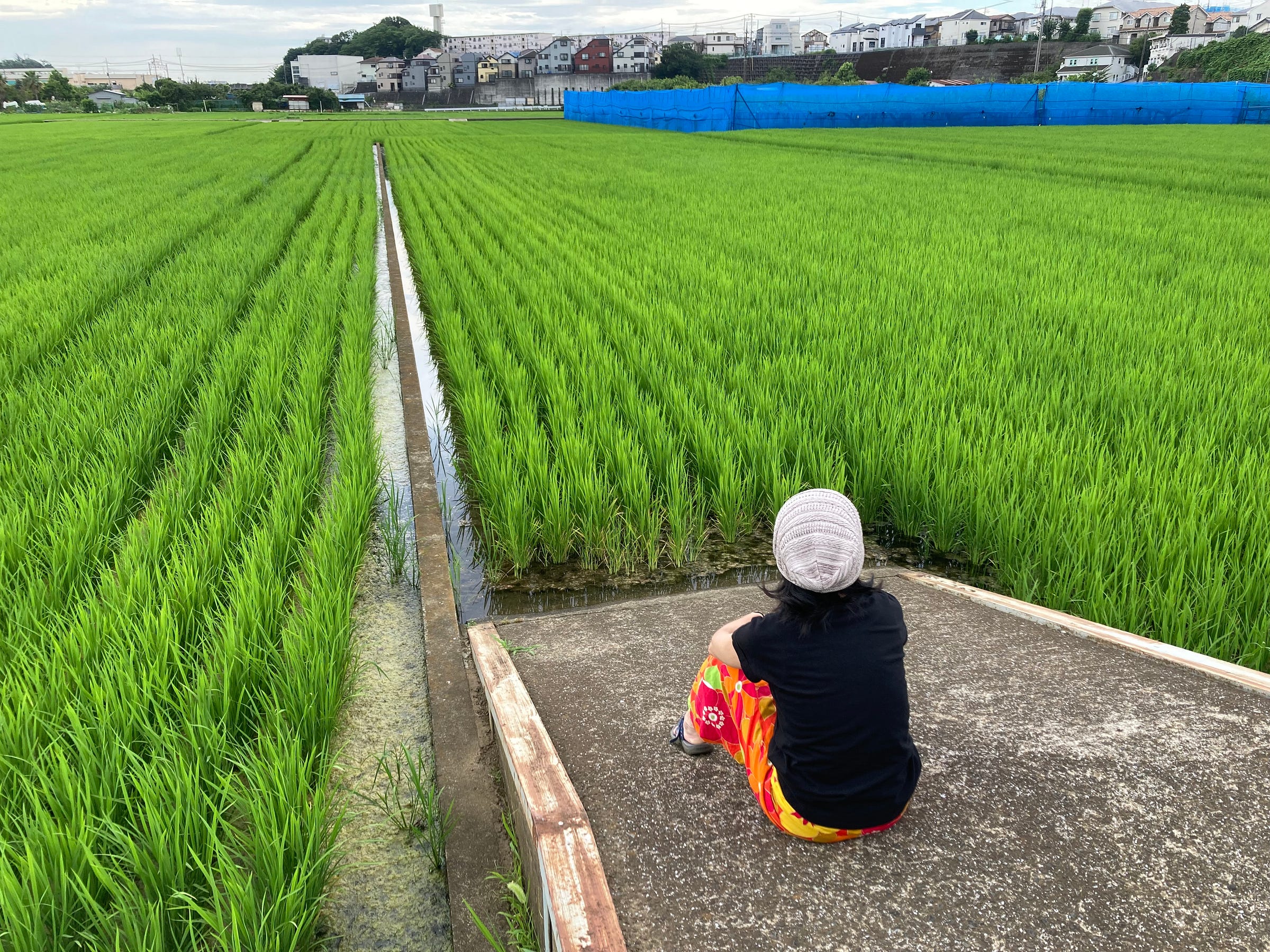
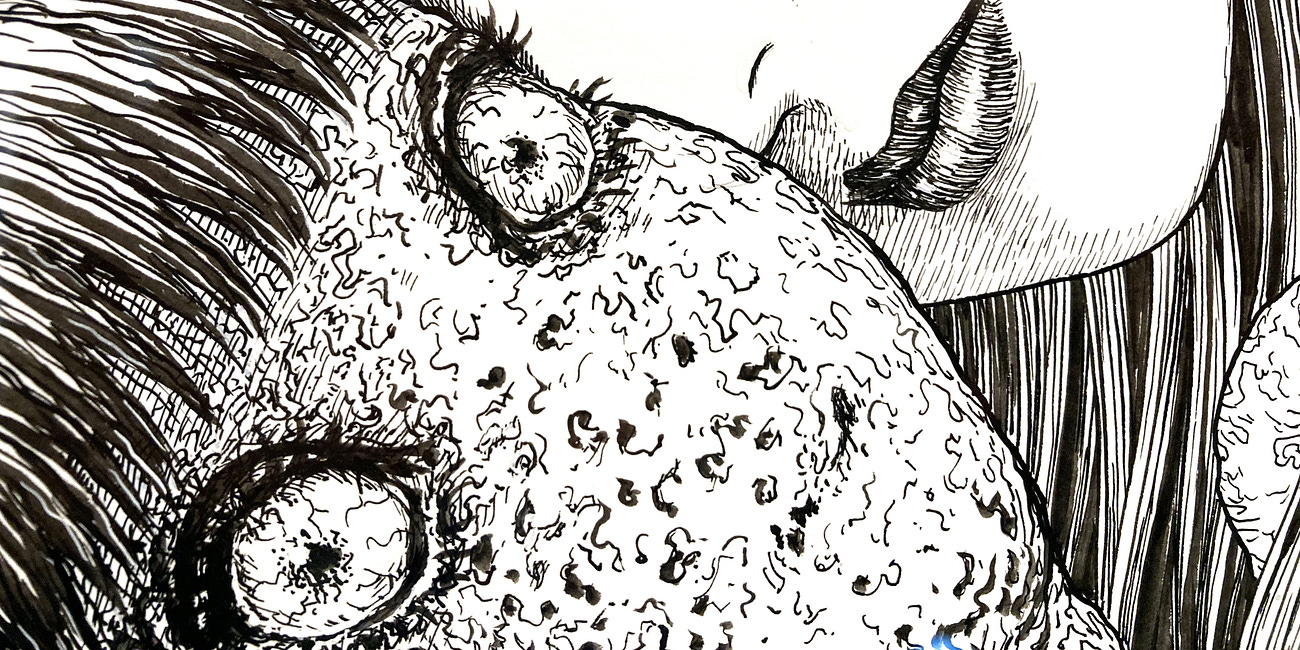
Completely agree. Every time I wander around my home, I find something new. To expand definition of home , I walked all around Miura Peninsula, where I live, but again every walk , even repeated, opens something new!
I too am a walking man and take walks around my bucolic tokyo hamlet everyday. Most of the time I’m listening to an audiobook but sometimes I tune out the book and tune in my surroundings. You really do catch some remarkable in the everyday moments from time to time. Thanks for this.